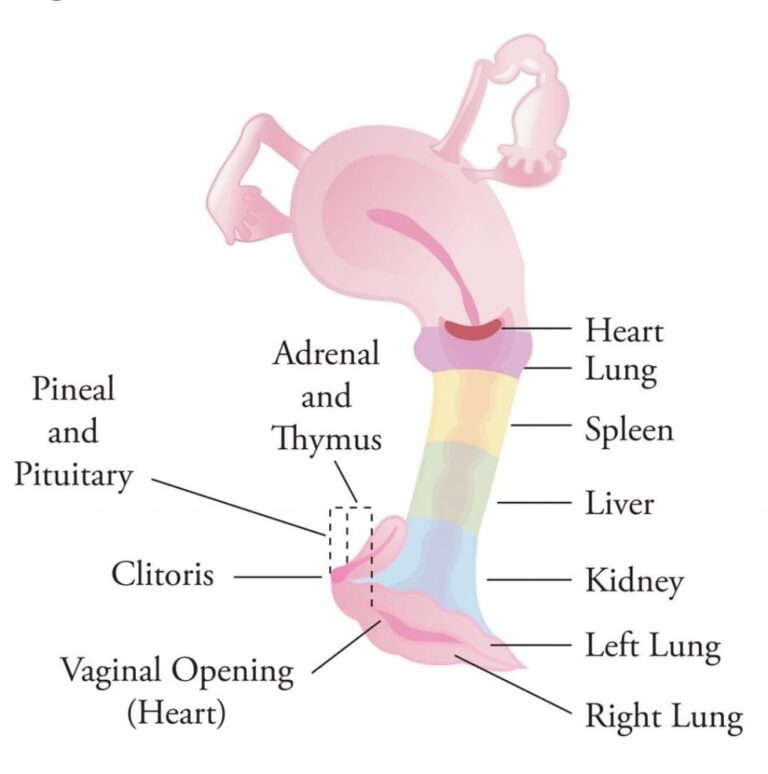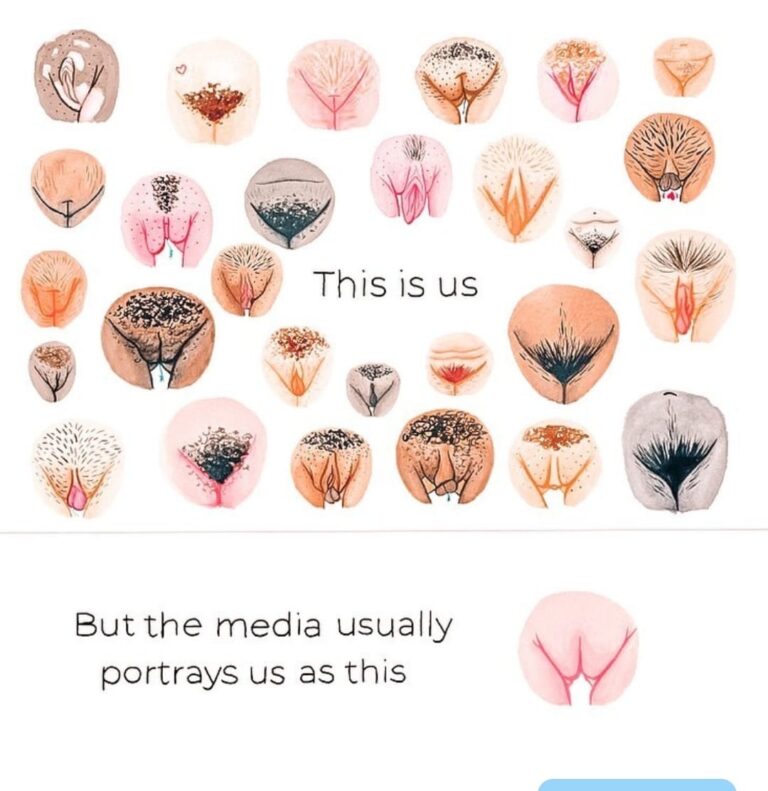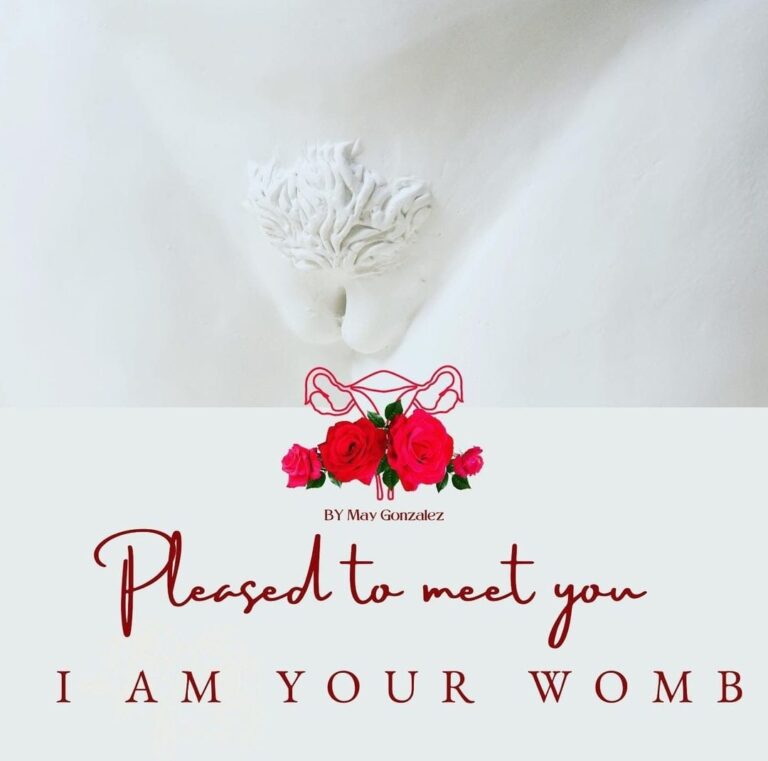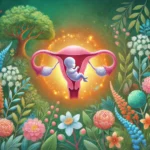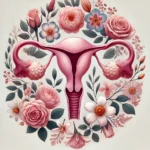The fallopian tubes are an essential part of the female reproductive system, playing a crucial role in the process of conception. These narrow, tubular structures serve as the pathway through which eggs travel from the ovaries to the uterus. There are two fallopian tubes, one connected to each ovary, and they are integral to fertilization. When an egg is released from an ovary during ovulation, it is captured by the finger-like fimbriae at the end of the fallopian tube and guided through the tube toward the uterus. It is within the fallopian tube, typically in the ampulla region, that fertilization—if it occurs—takes place.
Anatomy of the Fallopian Tubes
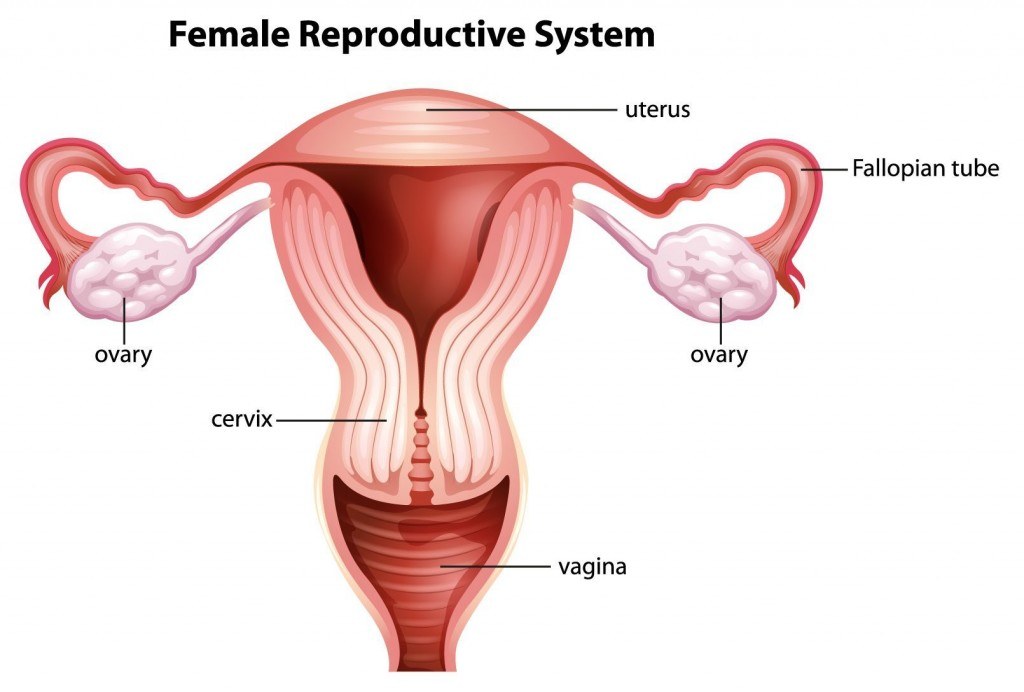
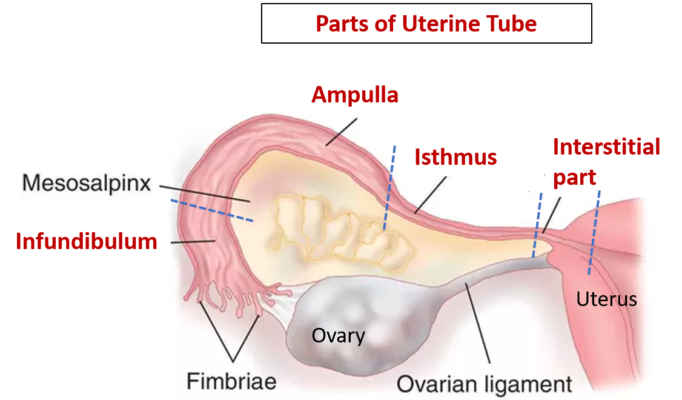
The fallopian tubes are a pair of narrow, muscular tubes that stretch from the ovaries to the uterus, playing a critical role in the reproductive system. Each tube is roughly 10-12 centimeters long and is composed of four main sections:
- Infundibulum: The funnel-shaped, outermost section that is closest to the ovary. It features finger-like projections called fimbriae, which help capture the egg released from the ovary.
- Ampulla: The widest and longest part of the fallopian tube, where fertilization most often occurs.
- Isthmus: A narrower, more muscular segment of the tube, which moves the fertilized egg (or unfertilized egg) toward the uterus.
- Interstitial (or Intramural) Part: The section that passes through the uterine wall and connects directly with the uterine cavity.
The primary function of the fallopian tubes is to transport eggs from the ovaries to the uterus. This journey allows for the possibility of fertilization, as sperm typically meet the egg in the ampulla. Should fertilization occur, the fallopian tubes guide the newly formed embryo to the uterus, where it can implant and develop.
The Fallopian Tubes as a Portal of Expression
Beyond their biological function, the fallopian tubes can be seen as a symbolic “portal of expression” in the energetic or metaphysical sense. The path the egg takes from the ovary to the uterus represents movement, flow, and the journey of potential creative energy within the body.
In many spiritual and holistic traditions, the feminine reproductive system is regarded as a powerful center of creation—not just for life, but also for ideas, emotions, and deep intuitive wisdom. The fallopian tubes, as conduits for this creative force, are part of the greater energetic expression of the divine feminine.
Flow and Blockages: Emotional Symbolism
Energetically, the fallopian tubes are about allowing movement and embracing flow. Blockages in this area—whether physical, emotional, or energetic—can symbolize issues around expressing oneself fully, creativity, or even fertility in the broader sense. Emotional traumas or unresolved pain may manifest as physical conditions such as scarring or blockages in the fallopian tubes, impacting a person’s sense of self-expression, trust in their creative power, or ability to “go with the flow.”
Those who view the body holistically may also interpret blockages in the fallopian tubes as symbolic of difficulty in processing or expressing feelings related to nurturing, receiving, or creating. This could manifest as a feeling of “stuckness” in one’s life or emotions, an inability to manifest one’s creative dreams, or resistance to opening oneself up fully to life’s flow.
Healing Through the Portal
Healing the fallopian tubes, both physically and energetically, involves acknowledging any emotional wounds or blockages that may have created stagnant energy. Whether one is experiencing physical issues such as endometriosis or tubal blockages, or feeling creatively blocked, healing can come from working through the emotions and patterns held in this space.
Holistic practices such as somatic therapies, womb healing, and energetic bodywork can help release stored trauma or emotional pain, allowing for a more balanced and harmonious flow of energy through the reproductive system. This also opens the potential for more profound self-expression and creativity, as the fallopian tubes represent the ability to express and manifest one’s inner desires and emotional truth.
Conclusion
The fallopian tubes, while primarily understood as essential reproductive structures, also serve as a portal of expression in a metaphysical sense. They allow for the movement of creative energy, emotions, and ideas through the body, symbolizing the balance between receptivity and creation. By nurturing a deeper understanding of this connection between anatomy and expression, one can foster greater healing and alignment within their own body, facilitating a more free-flowing and empowered sense of self.
As with all sacred spaces within the body, the fallopian tubes remind us that true healing often requires both physical care and emotional awareness, helping us to release blockages and embrace the full potential of our creative and expressive energy.

When combined, somatic sexology and womb medicine create a holistic approach to sexual and reproductive health, often empowering individuals to reclaim their bodies, heal from trauma, and foster a deeper connection with their own sexuality and creative life force. This integrative practice can be particularly beneficial for those dealing with issues like sexual dysfunction, menstrual irregularities, fertility challenges, or trauma related to childbirth, sexual abuse or abortion.




